What You Need to Know About Shea Butter – The 7 Powerful Benefits of Shea Butter for Healing Your Skin
What You Need to Know About Shea Butter
Overview
Shea butter—the super-nourishing fat derived from African shea fruits—needs no introduction, as it is one of the most loved and cherished moisturizers of all time. From providing all-day hydration to diminishing wrinkles, this natural ingredient is touted as an all-around powerhouse that can revamp your skincare and tackle multiple skin problems at once.
Shea butter is widely found in topical creams, lip balms, body lotions, and hair conditioners and is known to have powerful skin-rejuvenating properties. Loaded with healthy fats and vitamins, it has been used for centuries to nourish, heal, and protect the skin from environmental factors.
Read on to explore all about shea butter benefits and how you can use it for healthy skin and hair.
Shea butter benefits and uses
1. Works as an excellent moisturizer
The major components of shea butter are two essential fatty acids—stearic and oleic fatty acids—both of which are excellent emollients. Other components present in this butter are palmitic acid, linoleic acid, arachidic acid, and triglycerides that nourish the skin, promote natural oil balance, soothe inflammations, and add a protective layer against environmental pollutants.
Unlike chemical-based moisturizers, natural fatty acids are easily absorbed in the skin and can penetrate deeper layers, improving moisture retention and healing the protective barrier. Due to the presence of wide-ranging fats, shea butter is considered particularly useful for dry, damaged, sensitive, and aging skin. But it can also be used for oily and sensitive skin, as it absorbs quickly and does not feel greasy.
Moreover, shea butter has a low comedogenic rating of 0-2, which means it will not clog pores and can safely be used all day on facial skin.
2. Reduces the appearance of wrinkles
Apart from pampering your skin with a wide range of fatty acids, shea butter also provides an excellent dose of vitamins and minerals, including the two most powerful skin vitamins—A and E—that act as antioxidants and help fight free radical damage.
Regular use of shea butter can prevent collagen loss due to oxidative stress, restore skin elasticity and firmness, improve texture, and reduce signs of environmental aging like wrinkles, fine lines, dark spots, pigmentation marks, and sunspots. It is also known to help fade away post-pregnancy stretch marks.
3. Promotes wound healing
Commonly found in topical healing balms and salves, shea butter has been historically used to promote faster healing of cuts, abrasions, burns, scrapes, scalds, sunburns, and minor injuries.
It is loaded with antioxidants, vitamins, fats, and phytochemicals that boost collagen production in the skin and promote cell regeneration. Nourishing fatty acids and plant sterols found in shea butter absorb deeply and provide long-lasting hydration, which is a key factor in tissue healing.
Evidence shows that it can prevent the formation of scars by inhibiting the rapid proliferation of keloid fibroblasts, which are enlarged and rubbery tissues that form due to abnormal or partial healing of injured skin.
4. Soothes irritable and inflamed skin
In traditional and folk remedies, shea butter has been used since antiquities to treat various kinds of skin ailments. Apart from healing fatty acids, it also contains high amounts of unsaponifiable compounds like triterpenes, tocopherol, phenols, and sterols. These compounds have been found to have powerful antiseptic and anti-inflammatory properties that can help soothe skin irritations, pimples, acne, boils, sores, rashes, dryness, redness, and swelling.
Evidence suggests it can also improve allergic conditions like eczema, dermatitis, rosacea, and psoriasis. One study found it inhibits the expression of cytokines, iNOS, COX-2, and other pro-inflammatory enzymes.
In a 2015 clinical trial, applying shea butter for four weeks reduced pruritus and multiple symptoms of eczema while also improving skin hydration. Researchers pointed out that this treatment was as effective as ceramide-based creams in improving the overall quality of life in patients.
5. Helps relieve fungal skin infections
Shea butter has potent fungicidal properties and may help relieve skin infections like athlete’s foot, jock itch, ringworm, candida, and yeast infections. Its moisturizing and calming effect is also useful in reducing itching, flaking, swelling, pain, redness, and discomfort.
Evidence shows it can effectively kill fungi spores and prevent the spread of infection. In a 2009 study, shea butter was found effective in controlling the growth of some common pathogenic fungi species, including those that cause aspergillosis (a type of lung infection), athlete’s foot, ringworm of the groin, and tinea capitis (ringworm of the scalp).
Researchers suggested that topical application of raw shea butter may be a natural and safe treatment against dermatophytes. Dermatophytes refer to a group of fungi that require keratin for growth and cause infections of the skin, hair, and nails in humans.
If you are experiencing recurring fungal infections, consider adding some antifungal essential oils to your shea butter. Essential oils have powerful medicinal properties and can greatly boost the potency of natural ingredients.
6. Prevents and repairs hair damage
Applying a small amount of shea butter to your hair strands after shampoo is a traditional practice in many parts of the world, as it is thought to protect the hair strands against environmental wear and tear while also locking in moisture.
Pre-shampoo treatment with shea butter is also known to help with problems like hair loss, premature thinning, dry scalp, split hair, inflamed scalp conditions, and dandruff.
Shea butter acts as a deeply restorative hair conditioner that can penetrate the hair shaft and activate follicles, revitalizing and delivering intense hydration to the roots. It has antibacterial and antiseptic properties that can keep scalp infections at bay and provide relief from itching and irritation.
7. Offers added sun protection
Shea butter is a super-nourishing, hypoallergenic moisturizer that can safely be used on your face in the daytime. It does not increase the photosensitivity of your skin and, in fact, provides a mild sun protection factor of about 6 to 10.
While this may not be enough to replace your conventional sunscreens, it is surely an extra layer of protection against harmful UV rays. Moreover, it coats your skin with oleic acid, a type of fat that prevents excessive dryness caused by sun exposure and protects the skin lipids from light and air degradation.
Which shea butter is good for you?
Raw vs. refined shea butter
Raw shea butter is the unrefined, unfiltered version that is mechanically extracted from the nuts of the shea tree. It retains most of the nutrients and is, therefore, considered superior for skin and hair application. Raw shea butter is usually ivory in color but can have a light yellow to green hue. It has a mild nutty, earthy aroma which may not be very pleasant.
Refined shea butter is extracted using high heat and chemicals. While it is still super-hydrating and beneficial for skin application, significant amounts of
nutrients are lost during the extraction process. However, it is visually more appealing (white color) and has a better consistency than raw shea butter.
East African vs. West African shea butter
Shea butter comes in two variants: East African shea butter (Vitellaria nilotica) and West African shea butter (Butyrospermum parkii or Vitellaria paradoxa). While both varieties are great moisturizers for the skin, they have slightly different compositions and medicinal properties.
East African shea butter has a low melting point and is softer at room temperature, which makes it easier to spread and apply on the skin. It also has a higher content of oleic acid and is considered a superior moisturizer.
West African shea butter is harder at room temperature and is not as hydrating as the Nilotica variant. But it has higher vitamin A content, which makes it more suitable for restorative and medicinal uses. It is also considered a better choice for damaged and aging skin.
Final thoughts
Shea butter is an age-old rejuvenating ingredient that comes with multiple skin benefits and uses. While studies on its medicinal properties are limited, evidence suggests it may boost moisture retention, restore skin elasticity, improve wound healing, prevent hair damage, and reduce oxidative stress. Shea butter can be applied directly to the skin, hair, and lips and does not require any dilution. You can also mix it with other carriers and essential oils to make a homemade cream.
Shea butter is extremely simple to use and is not known to cause any side effects, allergies, or skin sensitivity. However, premade creams may contain some chemicals and potential irritants. For best results, always look for the organic, raw variant.
For products and supplements that can help you live your best healthy life, visit our store here!
Remember, “Do Something Everyday that Heal Your Body!”
To Your Health!
References
https://www.ncbi.nlm.nih.gov/pmc/articles/PMC5796020/
https://pubmed.ncbi.nlm.nih.gov/22499721/
https://pubmed.ncbi.nlm.nih.gov/26314567/
https://onlinelibrary.wiley.com/doi/abs/10.1111/jocd.12199
https://www.ncbi.nlm.nih.gov/pmc/articles/PMC3905615/
https://www.ncbi.nlm.nih.gov/pmc/articles/PMC5774910/
https://www.ncbi.nlm.nih.gov/pmc/articles/PMC5008785/
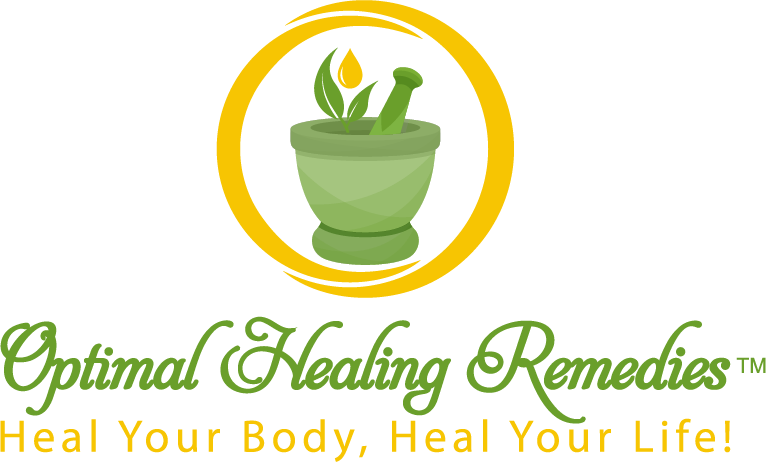
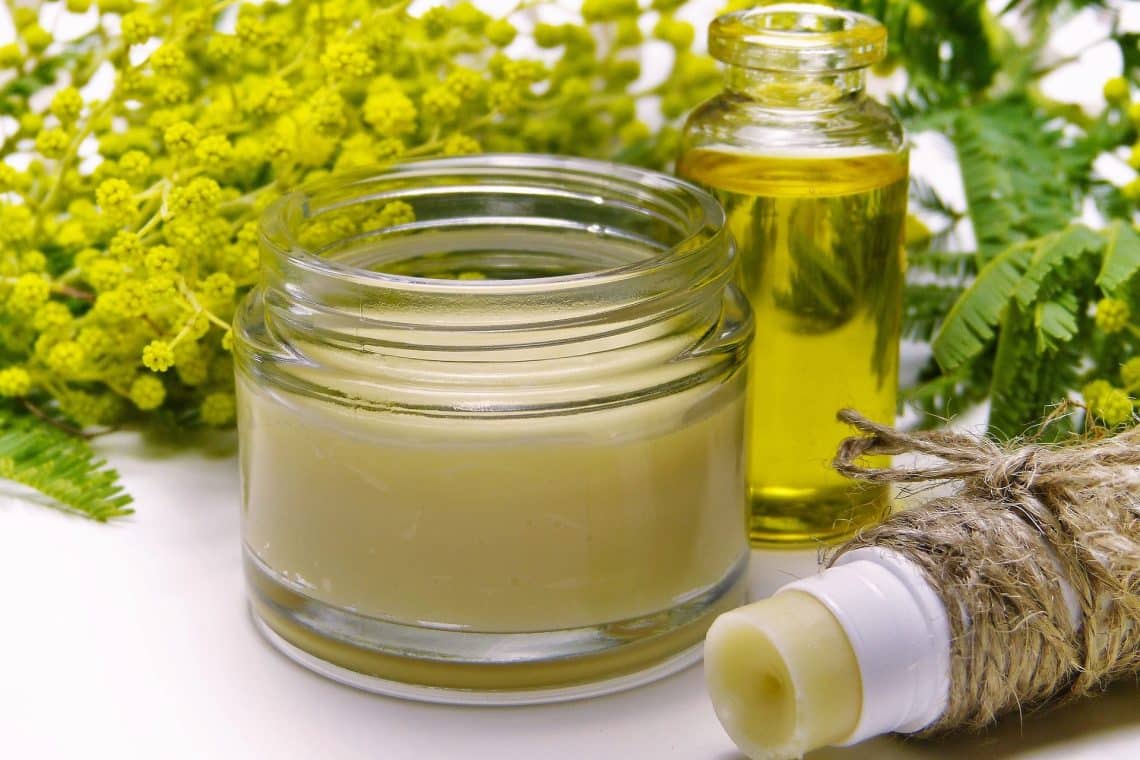
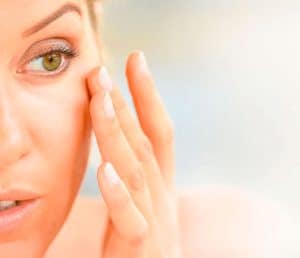
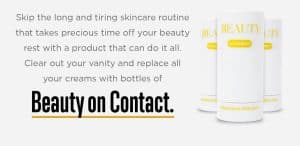
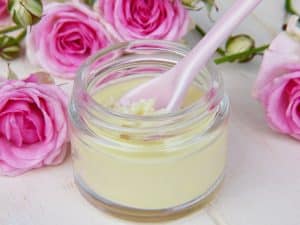
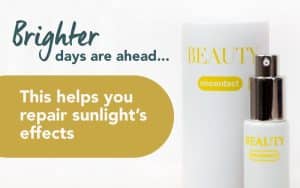

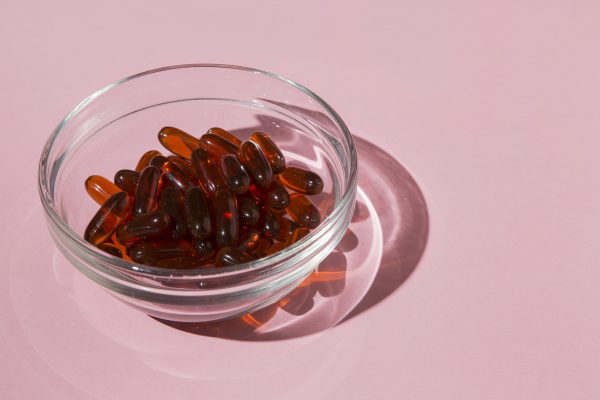
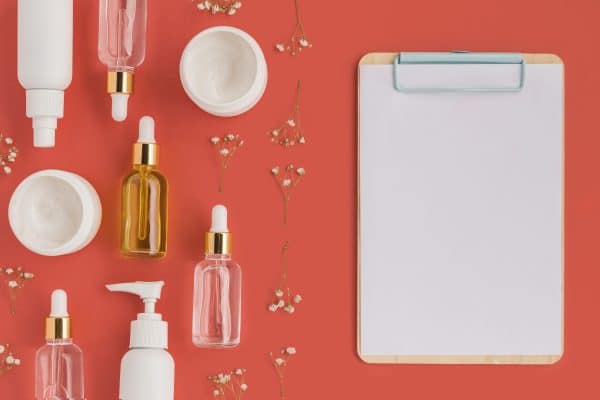
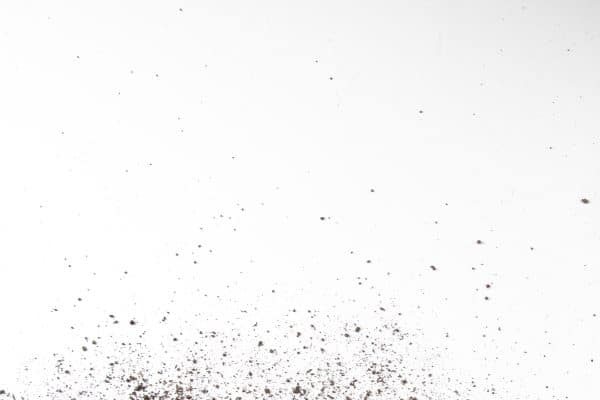
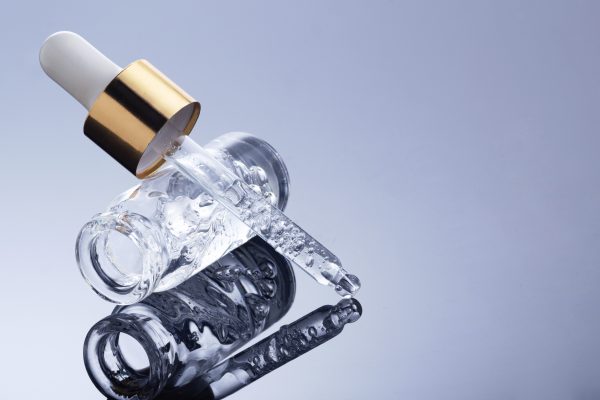
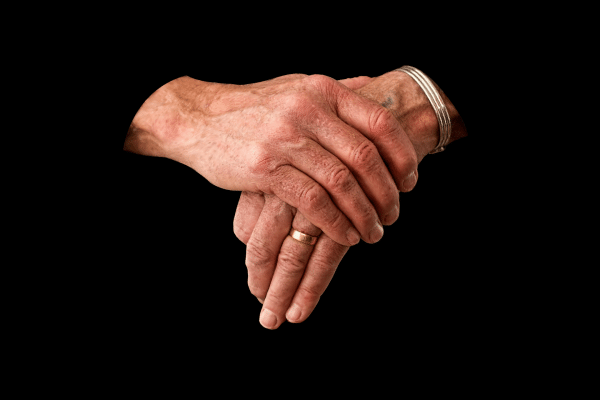
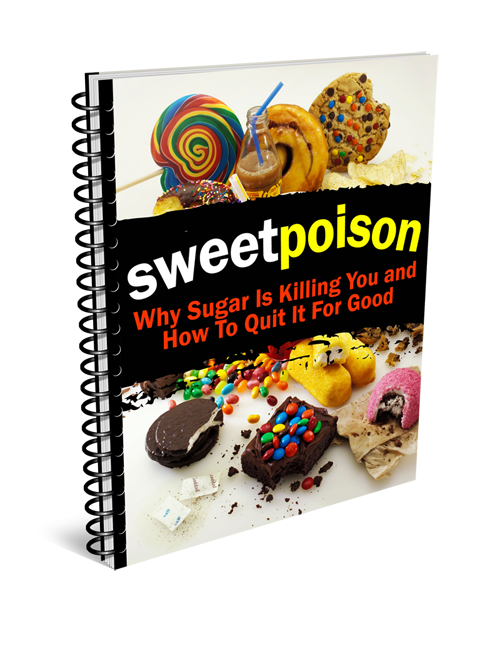
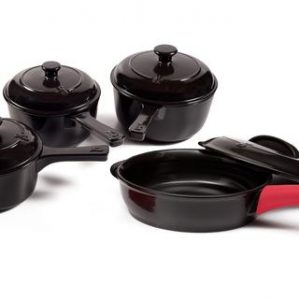
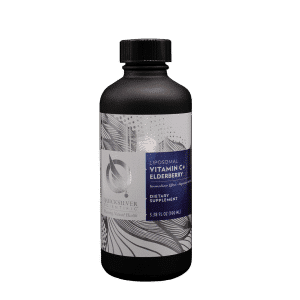
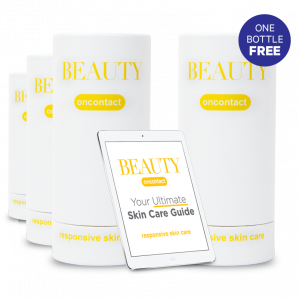
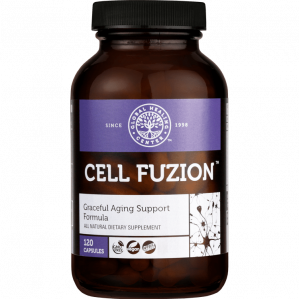
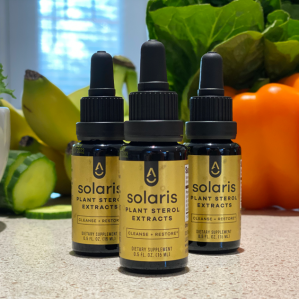


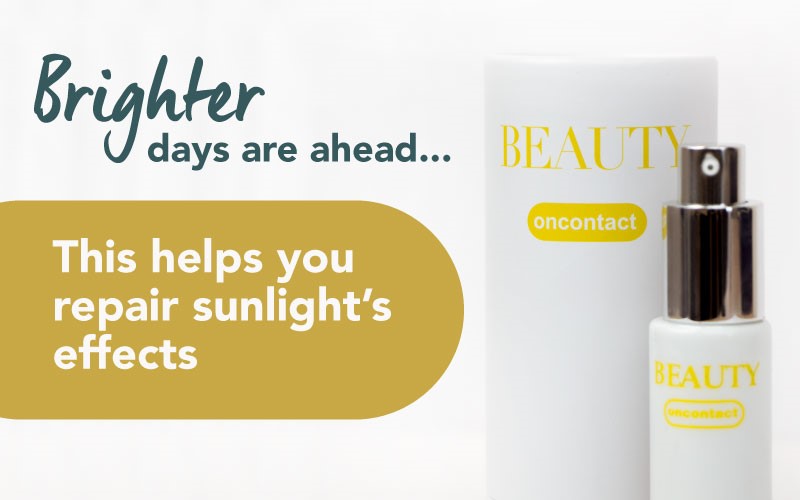
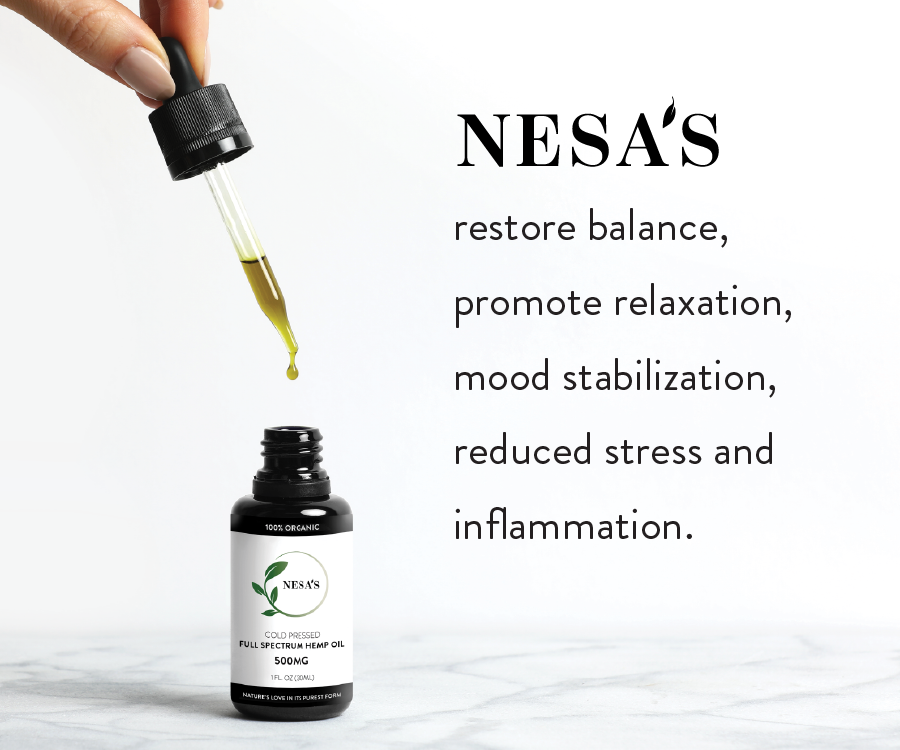
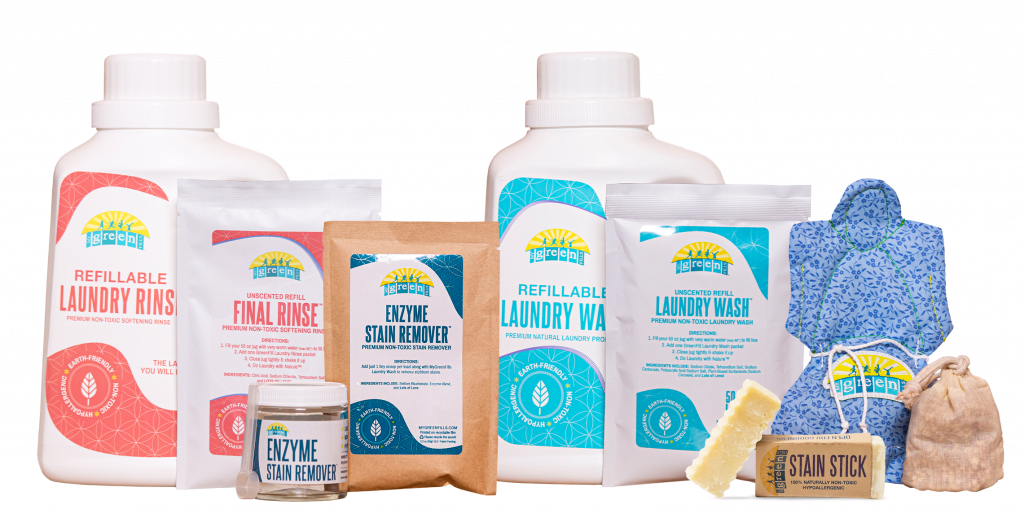
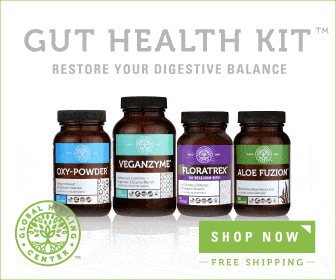

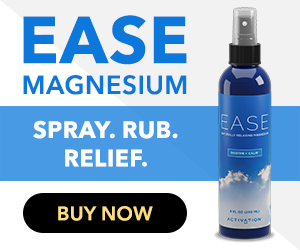



0 Comment